You are here
Back to topCambodian Mango Industry Looks to South Korea Amid Unstable China Exports
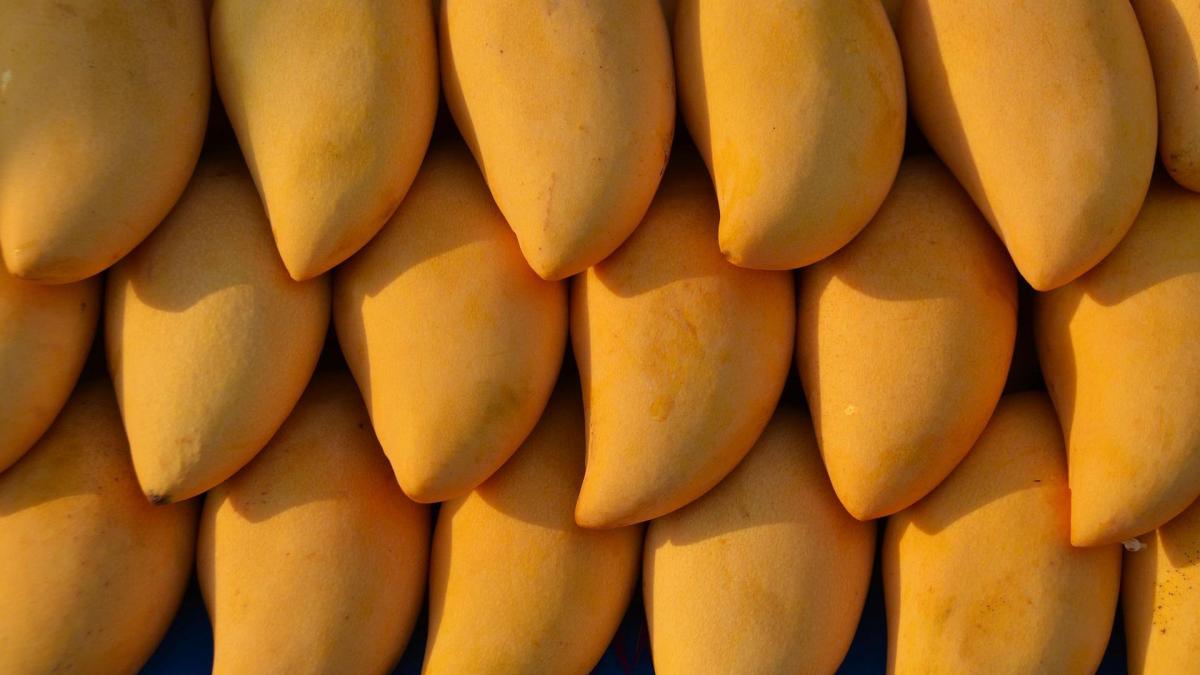
On May 3, Cambodia’s Minister of Commerce Pan Sorasak urged South Korean businesses to invest in export-oriented processing facilities in Cambodia for fruit and other agricultural products.
The minister also pledged to streamline bureaucratic procedures and help interface with government agencies, which came during a meeting with the Korean Importers Association, according to a report in the Phnom Penh Post.
One Cambodian exporter of bananas and mangos interviewed by the newspaper said that the development of exports to South Korea would benefit growers and exporters in Cambodia by preventing them from being overly reliant on China.
Mangos were only the second Cambodian fresh fruit after bananas to gain China market access, with the first shipment arriving in May 2021. There was some initial success last season, which saw China import more than 4,000 tons of Cambodian fresh mangos to become the third-largest export market. However, exports to China have stalled so far this year owing to several factors, the greatest of which is China’s COVID-19 border controls, which have been especially disruptive to fruit suppliers in Southeast Asia that rely on overland shipping routes.
Official statistics mask Cambodia’s reliance on China as a market for its mango exports. Of Cambodia’s approximately 265,230 tons of fresh mango exports in 2021, almost 200,000 were sent to Vietnam. An unknown quantity of these were then re-exported to China through gray channels. As both the officially exported mangos and re-exported mangos largely rely on the same overland border crossings between Vietnam and China, long delays and sporadic closures at these crossings have severely affected both export channels and depressed prices across markets.
Overall, Cambodia’s fresh mango exports from January to March were down 20% from last year, according to official statistics. In the face of low prices and with few buyers, farmers have hunkered down and stopped investing in the expensive inputs necessary to grow export-quality mangos and induce off-season fruiting.
Mangos may be particularly ripe for growth in exports from Cambodia to South Korea. The vice president of the Korean Importers Association was quoted during the meeting as saying that “we aim to import at least 10,000 tons of mangos from Cambodia per year to meet the needs of the Korean market.” However, this would still be just a small fraction of Cambodia’s exports to Vietnam and Thailand, the latter of which imported over 38,000 tons in 2021.
Furthermore, as with China, the South Korean market poses challenges of stringent phytosanitary requirements from the government and exacting quality requirements from buyers. “Despite [Cambodia’s] free trade agreement with Korea, technical barriers and hygiene requirements are still significant obstacles, while transportation is still expensive and not yet smooth,” said Van Rithy, an executive at a Cambodian agricultural machinery company.
Image: Pixabay
This article was translated from Chinese. Read the original article.




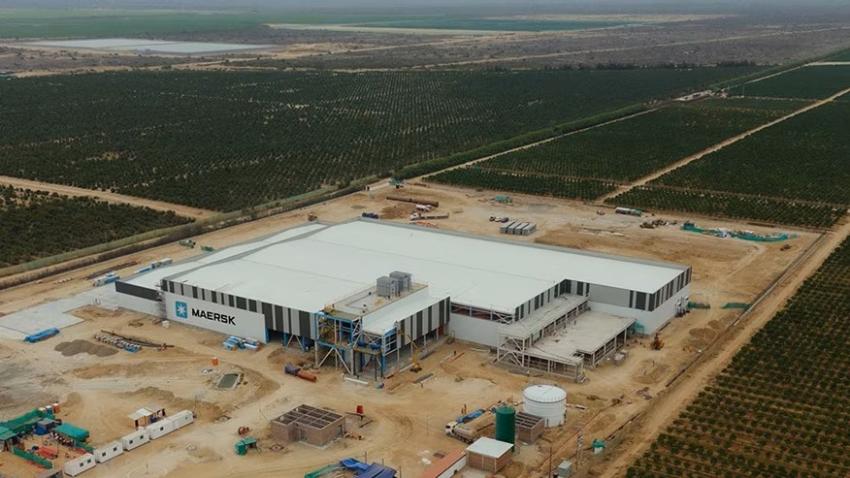
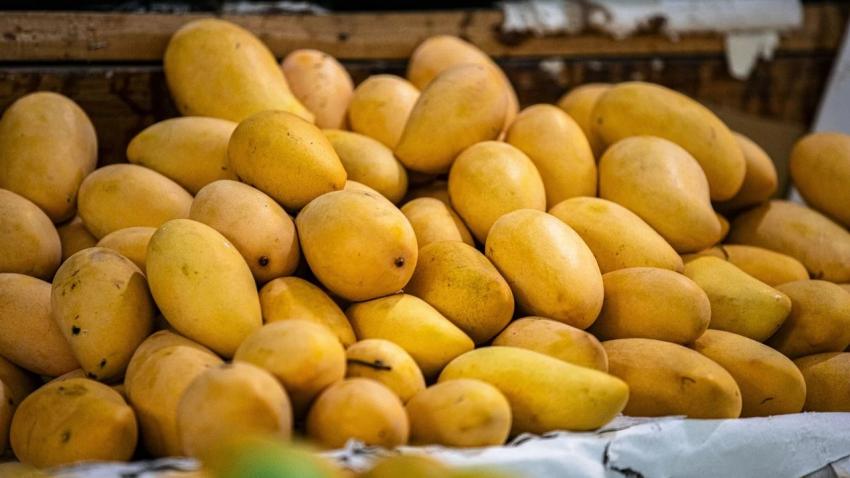
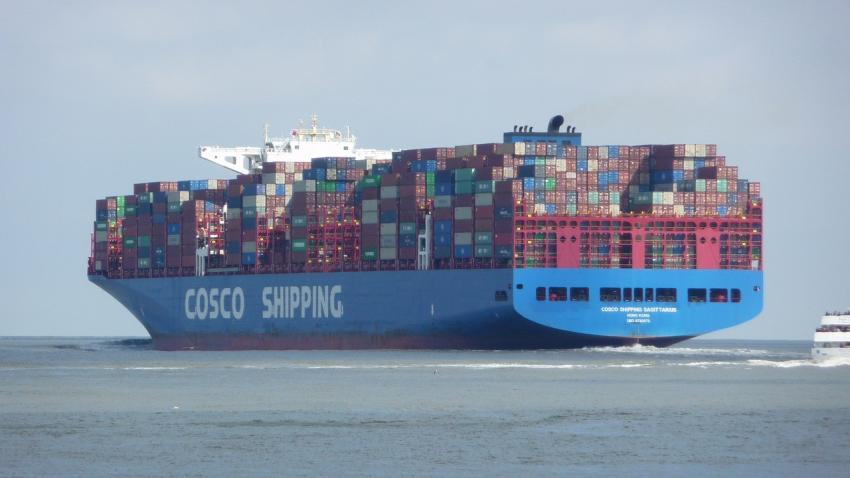
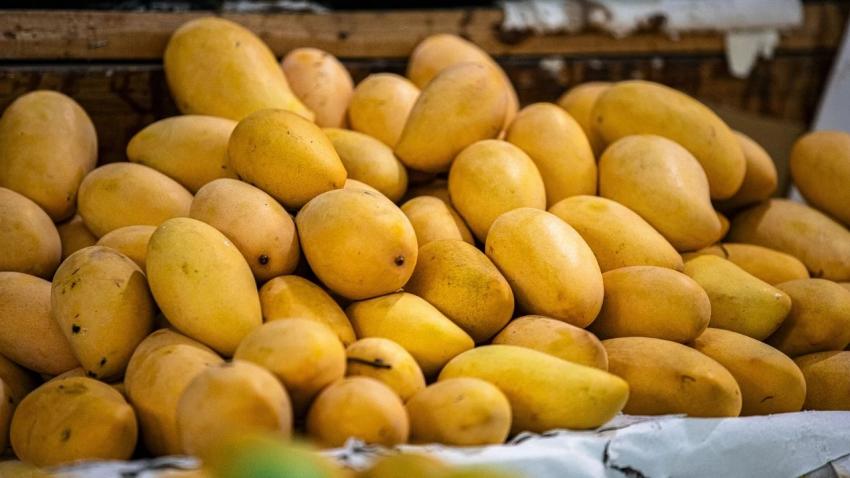







Add new comment